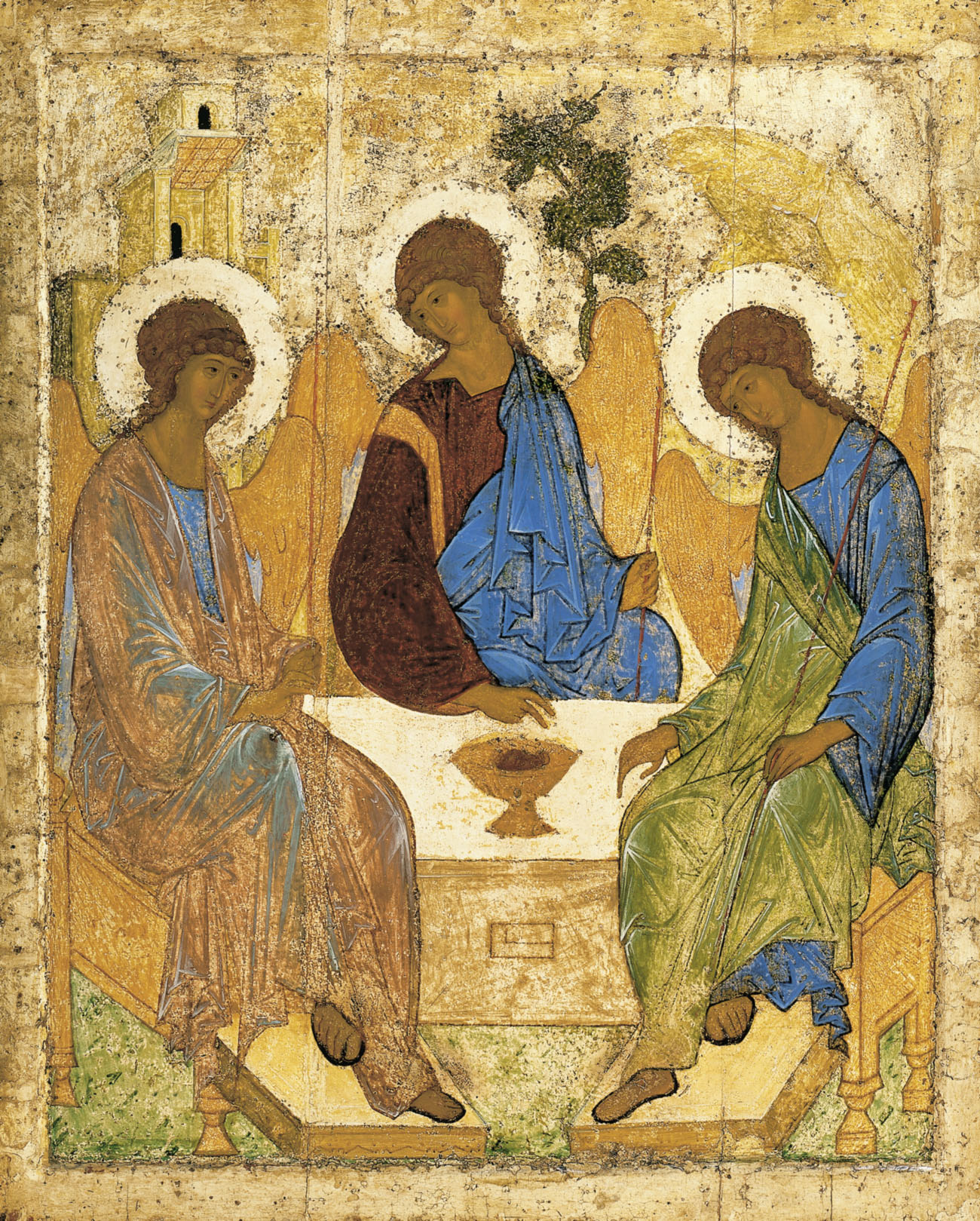"For this sacrifice doth especially save our souls from everlasting damnation, which in mystery doth renew unto us the death of the Son of God: who although being risen from death, doth not now die any more, nor death shall not any further prevail against him: yet living in himself immortally, and without all corruption, he is again sacrificed for us in this mystery of the holy oblation: for there his body is received, there his flesh is distributed for the salvation of the people: there his blood is not now shed betwixt the hands of infidels, but poured into the mouths of the faithful. Wherefore let us hereby meditate what manner of sacrifice this is, ordained for us, which for our absolution doth always represent the passion of the only Son of God: for what right believing Christian can doubt, that in the very hour of the sacrifice, at the words of the Priest, the heavens be opened, and the quires of Angels are present in that mystery of Jesus Christ; that high things are accompanied with low, and earthly joined to heavenly, and that one thing is made of visible and invisible?" (Dialogues IV:58, St. Gregory the Great)
Sunday, April 17, 2016
Gregory the Great: Hour of the Sacrifice
Subscribe to:
Post Comments (Atom)

Beautiful passage.
ReplyDeleteThis caught my eye especially:
"there his blood is not now shed betwixt the hands of infidels, but poured into the mouths of the faithful.". That alone should be enough to convince trad apologists that communion of Blood in West is not a protestant invention.
Indeed. I did not realize the extend of the aversion some traddies have to the Chalice until I came to Texas, where many are converts from Protestantism and perhaps recall the Tridentine condemnation of the Protestants' cry that deprivation of the Chalice caused damnation. Oddly, the local FSSP establishment gives the Chalice to the putatively gluten intolerant rather than the Host.
DeleteI know some local usages, including monastic, retained the Chalice in the middle ages. Sarum has a relic of it, with the deacon giving the communicants a rinse of wine. The Roman Pontifical's ordination rite might also, with the Ordinands drinking a washer from a chalice of wine after their Communion. I suspect it died out when people communicated from the tabernacle outside of Mass more frequently than during, since the Chalice's contents cannot be "stored" away like the Hosts.
Cistercian Rite had the Chalice for the monks until 13th century, and then reserved it for the ministers of the altar until 14th century and after that it was reserved only for the celebrant priest.
DeleteFSSP giving Chalice? Wow - that is something i've never thought i would hear. But i applaud them.
Trads often say that the Church in her prudence reserved the Chalice because there is the danger of spilling the Precious Blood.
That argument has two implications.
1st - The Church was imprudent for more than a 1000 years.
2nd - imprudence persists even to this day in Eastern Churches. How much more danger is there for spilling and falling to the ground when you use a spoon? And i've been to Divine liturgy so many times i know the chants by heart, so almost every time i communicate, there is a drop of consecrated wine stuck to my lip, and i, because of my western scrupulosity, have to lick it, lest some of it should be desecrated.
In relation to that, it should be researched, when have the canonical fingers been introduced (was it simultaneous with pre-communion touching of the sacred elements), and also what do the Eastern Churches do with spillings and drop offs, i.e. how small is to small for them to consider that to be Body and Blood of Christ.
And also, one can read, from the above text, the method of administration of Chalice: "poured into mouths of the faithful.". As st. Gregory witnesses to it i would prefer it to straw, but intiction seems good also since it doesn't "spend" as much of consecrated wine as drinking from the Chalice does. Still, i would still prefer drinking from the Chalice since it is a greater sign (just as baptism by triple immersion is a greater sign than baptism by pouring).
Btw. I was in Rome last week. We visited both of churches i wanted to visit - san Lorenzo and san Clemente. I wanted to visit them because of the double ambos. I was very surprised at the size, or rather smallness of san Clemente - it's as large as an ordinary parish Church - san Lorenzo is like double the size. Also there were some anglophone Dominicans just finishing up the Lauds as we were entering, but alas, they weren't singing it.
Delete"...Sarum has a relic of it, with the deacon giving the communicants a rinse of wine. "
ReplyDeleteNot only Sarum: see Missale Romanum, R.S. X, vi. Minister autem dextera manu tenens vas cum vino et aqua, sinistra vero mappulum, aliquanto post Sacerd. eis porrigit purificationem, et mappulam ad os abstergendum.